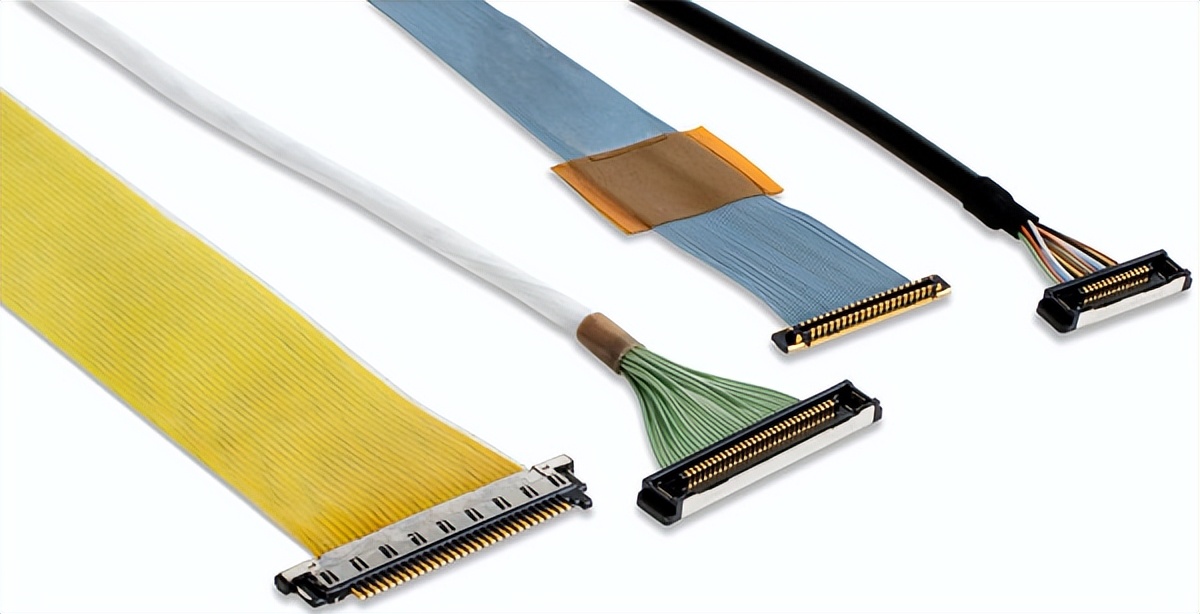Categorization:Harness Component
In the field of high-speed data transmission and high-definition video applications, signal integrity has always been the core issue that engineers are most concerned about. Especially when it involves high-speed interfaces such as HDMI 2.1, DisplayPort 2.0, MIPI D-PHY/C-PHY, the frequency often reaches several GHz or even higher. At this point, how to ensure the stable transmission of differential signals becomes a key consideration in system design.
Structure characteristics of ultra-fine coaxial beam
The ultra-fine coaxial cable (Micro Coaxial Cable) consists of an inner conductor, insulation layer, braid shield layer, and outer sheath. Compared with traditional twisted pair cables, its coaxial structure has better shielding effects, which can effectively resist external electromagnetic interference (EMI), thus ensuring that the signal maintains high stability and low error rate in high-frequency environments.
High-frequency challenges of differential signals
Differential signal transmission is known for its high anti-interference capability, but as the rate increases to several Gbps and even higher, issues such as signal attenuation, crosstalk, and impedance discontinuity become more prominent. If the impedance control of the cable is not precise, it will lead to eye diagram closure and increased jitter, which can seriously affect the overall system performance and display quality.
Advantages of Micro Coax in High-Frequency Differential Transmission
Excellent impedance consistency:
The ultra-fine coaxial cable can accurately control impedance during the manufacturing process, perfectly matching the requirements of high-speed interface standards.
Outstanding low loss characteristics:
The coaxial structure enables lower insertion loss and return loss at high-frequency transmission, effectively maintaining signal integrity.
Support high-density wiring:
Micro Coax has an extremely small diameter, enabling a compact layout of multi-channel differential signals in limited spaces, which is very suitable for miniaturized equipment design.
Flexible, durable, and stable in performance:
Extremely fine coaxial cables can adapt to complex routing environments and still maintain excellent electrical performance and mechanical reliability even under repeated bending.
Four, typical application scenarios
In laptops, tablets, smartphones and other consumer electronic devices, Micro Coax has become the mainstream choice for display module connections.
In addition, extremely thin coaxial cables have shown excellent performance and stability in high-bandwidth differential signal transmission fields such as medical image, industrial cameras, and autonomous driving sensors.
With excellent shielding performance, precise impedance control, and compact structural design, the ultra-thin coaxial cable bundle exhibits unparalleled advantages in high-frequency differential signal transmission. As high-speed interface standards continue to upgrade, Micro Coax will play a key role in more precision electronic devices.
I am[Suzhou Huichengyuan Electronic]Focus on the research and development and customization of high-speed signal cable harnesses and extremely fine coaxial cable harnesses, committed to providing customers with high-reliability high-speed interconnect solutions. If you have related needs or would like to learn more, please feel free to contactManager Zhang 18913228573 (same number as WeChat)。